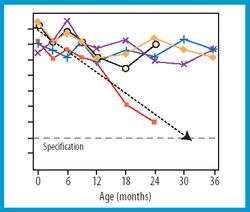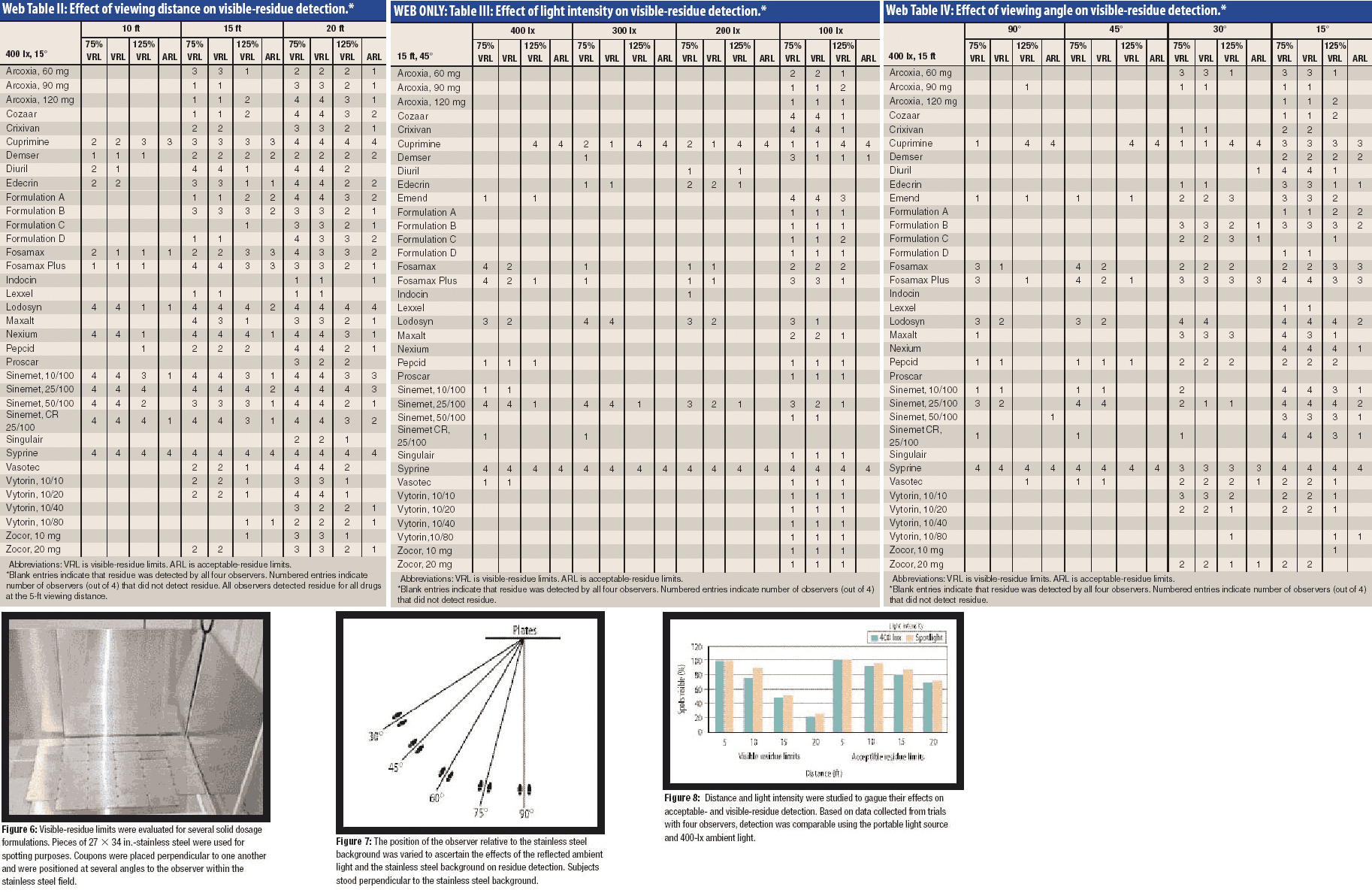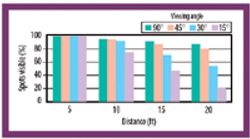Preserved in Translation
The translator strives for quality, for a flawless re-setting of ideas from language to language. It is precise, painstaking work, making sure that all the concepts are there, that the grammar and syntax are correct, that the register (the formality, the emotional and social tone) is accurate, and that the text reads smoothly.
The translator strives for quality, for a flawless re-setting of ideas from language to language. It is precise, painstaking work, making sure that all the concepts are there, that the grammar and syntax are correct, that the register (the formality, the emotional and social tone) is accurate, and that the text reads smoothly.
Laura Bush
Translated literature, from the Bible to García Márquez, moves individual hearts and molds whole societies. Reading a translation, though, most of us think only of the product, and forget the process that brought it to us. Only in recent decades has academia deemed translation worthy of study. Even today, translating (in writing) and interpreting (in speech) are still somehow second-class pursuits (witness hospitals that ask the janitor to interpret in the emergency room).
Yet growing numbers of people now realize the importance of understanding the key steps of translation: analyzing the original, transferring the concepts to the other culture, and restructuring them to fit the framework of another language. The translator asks many questions: Does this point hinge on culturally bound concepts that readers from other cultures won't immediately grasp? Was that metaphor an everyday expression in the source language, or a creative invention of the writer?
Pharmaceutical industry professionals go through their own translation steps, as they transfer formulations into manufacturing processes, ultimately converting scientific concepts and raw materials into finished products. Yet pharmaceutical manufacturing, like translation, has long suffered secondary status. Pharma manufacturing, too, has focused on the final product, not the process that produced it.
Today, however, all this is changing. Manufacturing scientists are shifting focus and FDA regulators are modifying rules to embrace dynamic models, trying to understand what the process does, not just what it produces.
And like translators, the pharmaceutical industry and the regulators are discovering that quality is the journey, not the destination.
Laura Bush is the managing editor of Pharmaceutical Technology, lbush@advanstar.com She is certified by the American Translators Association as a Spanish-to-English translator.




